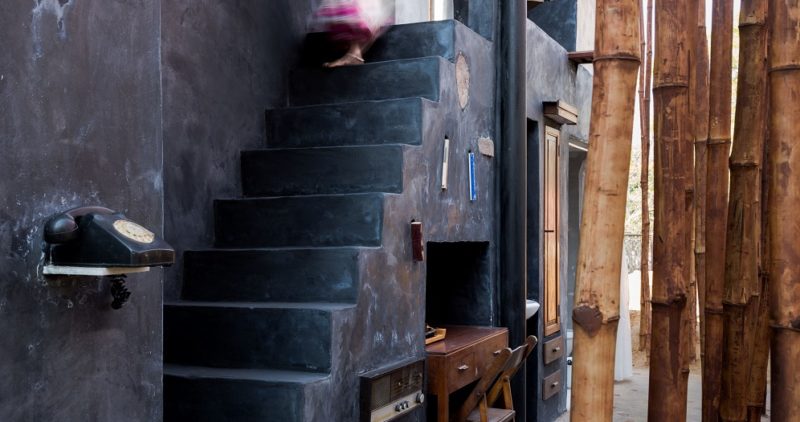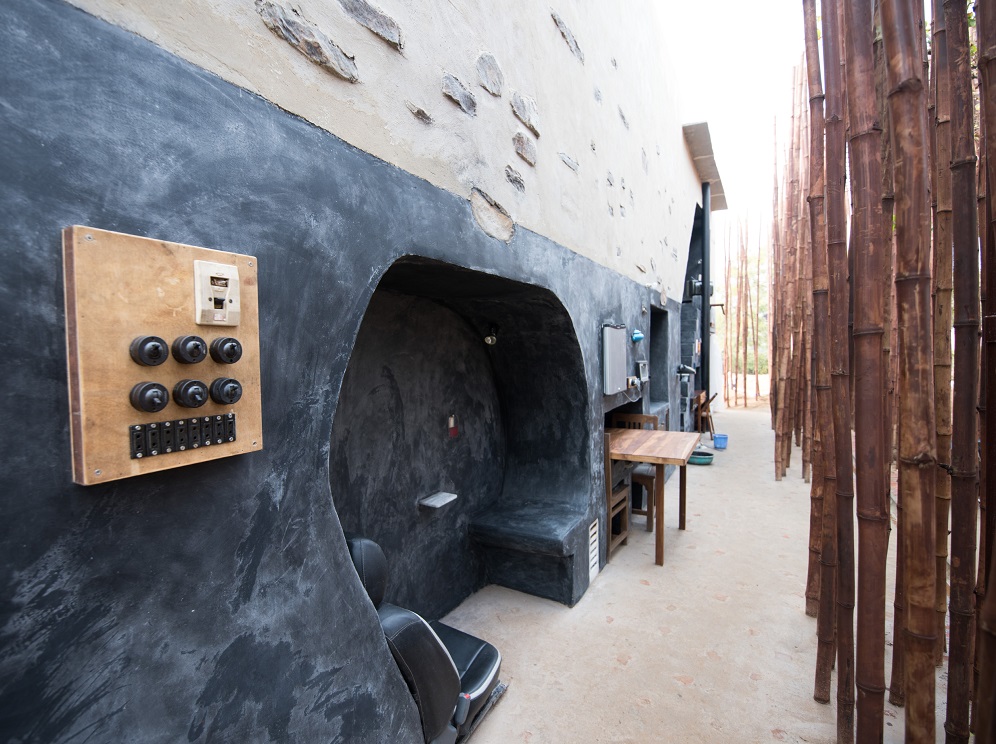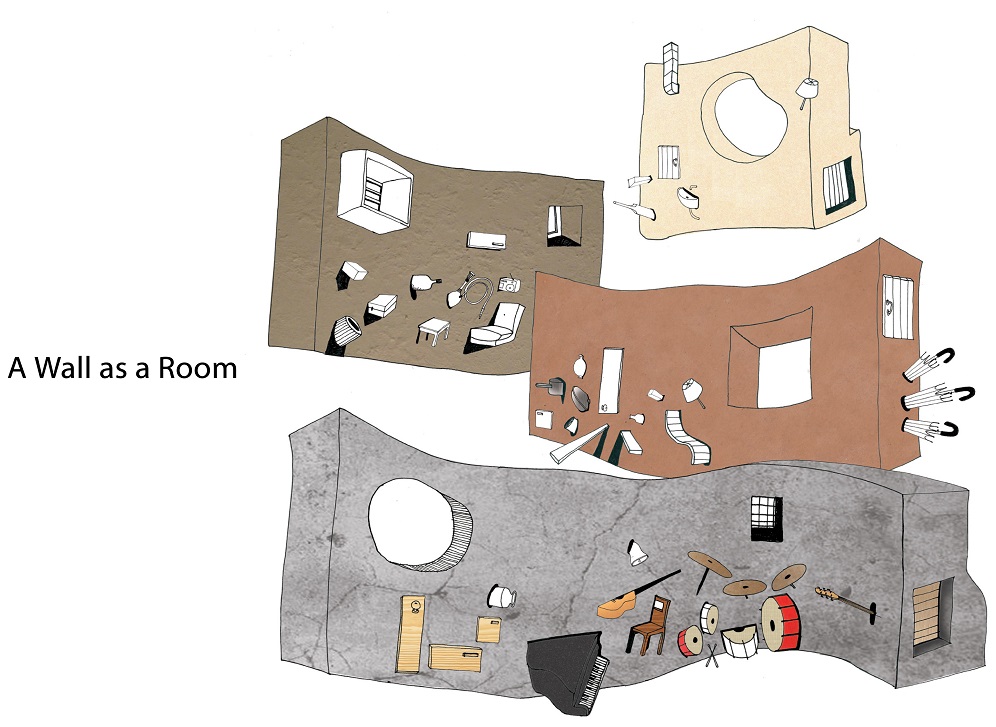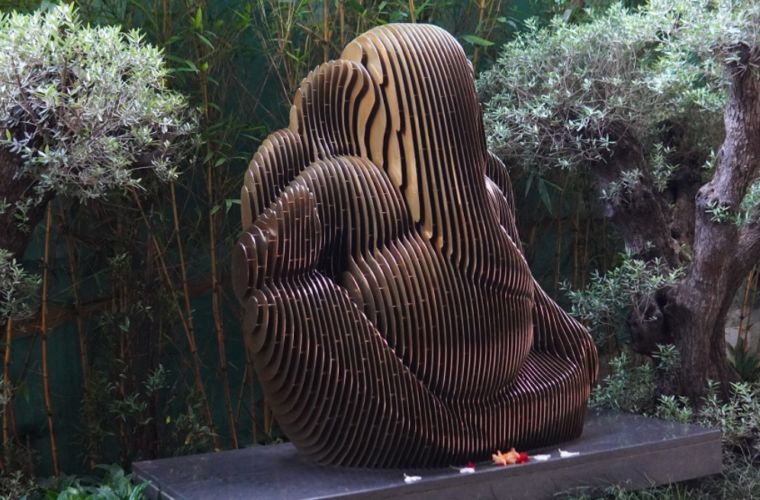All you need is a wall

An experiment pushes the boundaries of just how small your footprint can go
These self-contained units provide every facility an individual requires to live. Everything else is acquired from the collective. Tracing the development of collective communities which facilitate the growth of a society, which at its core addresses the need for smaller building footprints while still accommodating the constantly changing nature of our daily routine.
The Wall As A Room by Ar. Samira Rathod
Four walls do not always make a room as was evinced in this experiment and installation done for an exhibition curated by Rupali Gupte and Prasad Shetty. Called “When in space”, the show was on display at JK Jaipur from January 21, 2018 to March 31, 2018.
Rathod showed that walls are used to define space and outline edges, to contain a space within which humans operate. What if this was inverted? Can the wall become a space? Experimenting with anthropometric norms, passive energy systems and salvage material, this installation ties the ideas together with a poetic that plays with the idea of embodiment; both objects and memories.
A single wall can become a room, a house, and as it meanders, a housing cluster. The idea of possession fades to be replaced by sharing, to facilitate the growth of a community. Each individual section is designed to hold a multitude of objects within its body, including a vegetable garden on top of the structure.
The wall holds water in its belly, supporting both its thermal mass, and as storage. Recycled as rain along the edge, the installation uses evaporative cooling to lower the temperature of the house and small coal burning pits to heat the structure on cooler days. Designed as a frugal self-sustaining system, the small footprint implies a less abusive impact on the environment. The wall can exist at the edges of forests, woods and parks to form lifelines, for greener and more humble housing system.
This is the first of a series of experiments that can be further developed and refined, to create a series of walls as cost effective, self-sustaining shelters.
The installation attempts to incorporate the idea of passive energy systems to the design process. The roof is designed to work in tandem with the forces of nature. Using the natural phenomenon of evaporation the entire installation uses water as both an aesthetic and functional element.
Post a Comment
You must be logged in to post a comment.










